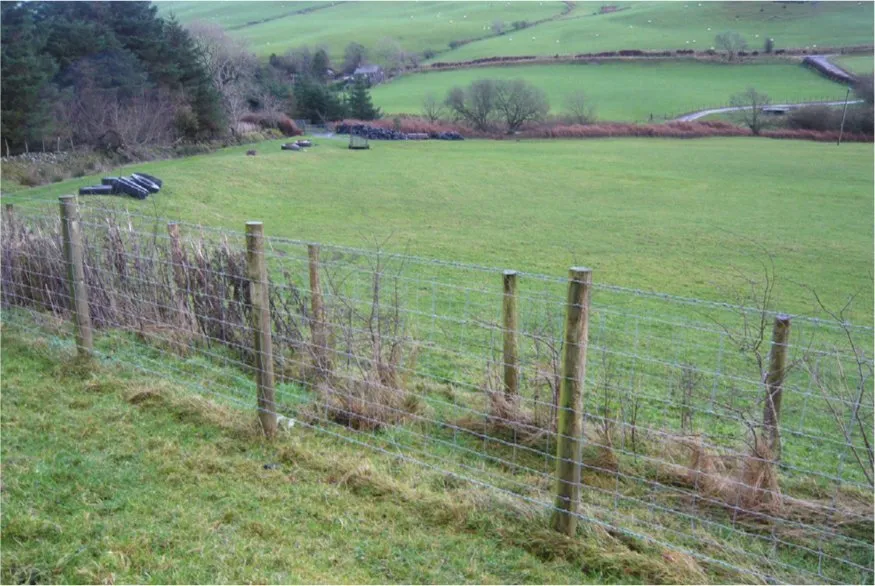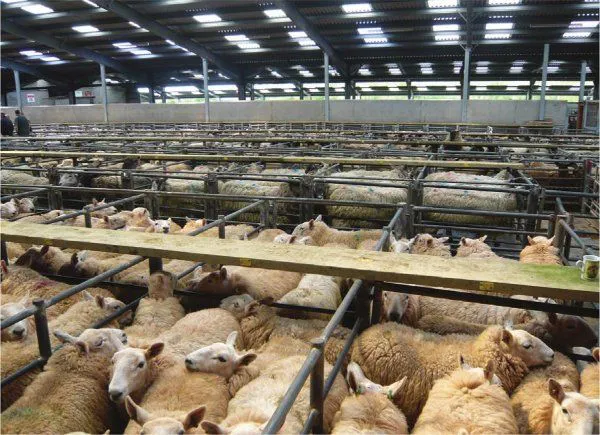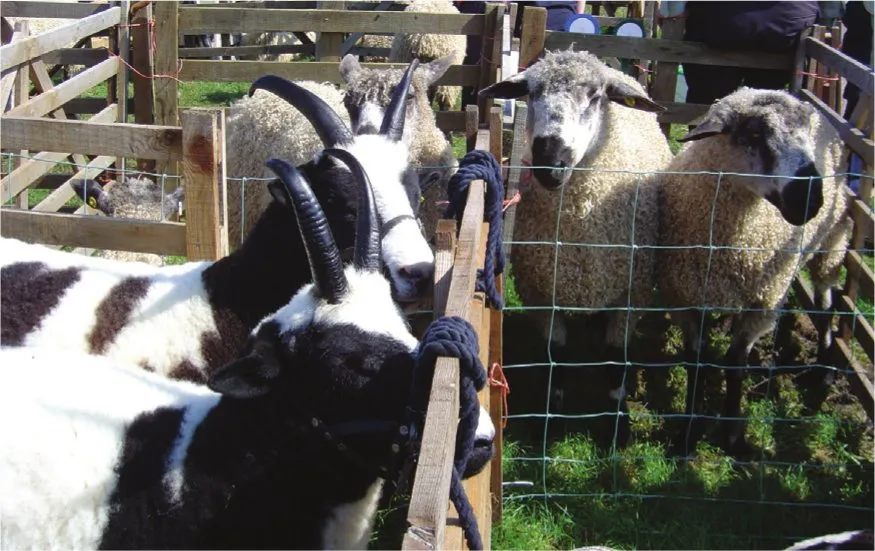
Sheep Health, Husbandry and Disease
A Photographic Guide
Agnes C Winter, Clare Phythian
- 208 páginas
- English
- ePUB (apto para móviles)
- Disponible en iOS y Android
Sheep Health, Husbandry and Disease
A Photographic Guide
Agnes C Winter, Clare Phythian
Información del libro
This comprehensive book covers all aspects of sheep health and disease, and sheep husbandry throughout the annual breeding cycle. Through extensive and detailed photographs it highlights the disease and welfare issues that can arise within the great variety of breeds and flock types. Written by two veterinary surgeons closely involved in sheep health, this book takes a veterinary view of husbandry and emphasizes the importance of keeping diseases out of a flock. From practical tasks such as how to check teeth, feet and udders, through to vaccination schedules, injection techniques and parasite control, it covers the whole life cycle of your flock. Topics covered include: Routine procedures; Selecting breeding stock; Internal and external parasites; Tupping time; Pregnancy; Lambing ewes; Lameness. An essential guide to all aspects of sheep health, disease and sheep husbandry through the annual breeding cycle. Invaluable reference for anyone who keeps sheep on a small scale, with one or two as pets, to those with a commercial flock. It will be of interest also to agricultural and veterinary students and shepherds working with valuable pedigree flocks. Considers how to tackle common diseases, the potential problems that can arise and the preventative measures that can be taken. Superbly illustrated with 609 extensive and detailed colour photographs. Agnes Winter is a specialist sheep vet and Honarary Professor of the Veterinary School at the University of Liverpool and Clare Phythian is a full-time veterinary surgeon specializing in sheep health and welfare.
Preguntas frecuentes
Información
1 Keeping Your Flock Secure
Types of Flock









- showing sheep
- borrowing rams for small hobby flocks
- acquiring spare lambs from another flock for ewes that have lost their own lambs
- straying sheep are put with a nearby group of sheep through an unlocked gate by well meaning passersby.